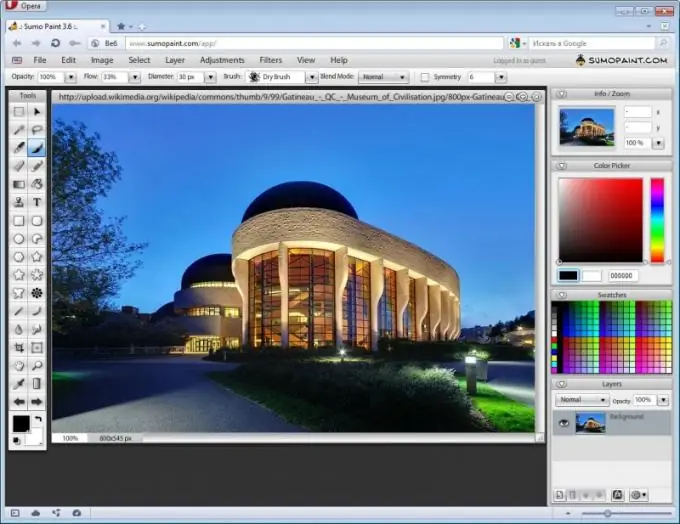An image always remains an image, in whatever format it is stored. However, there are many important factors (such as resolution, color saturation, clarity) that force people to carefully choose the type of pictures and photos on their hard drive, and if it does not satisfy the user's needs, change the original format to the desired one.

It is necessary
- -Adobe Photoshop (optional);
- - Internet access (optional).
Instructions
Step 1
The easiest way to change the image format is to do it with Paint. Open the Start menu -> Accessories and find the system drawing program there. After launching it, click on the "File" -> "Open" tab. In the file manager that appears, find the image you need and press Enter. Then, in the same "File" menu, select "Save As". A window identical to the previous one will open, where you can select the saving options: name and format. The number of formats is limited: they can be.jpg,.gif,.tif and.bmp.
Step 2
Use the PrintScreen key. It will help you find a way out if Paint cannot open the image (for example, it is part of a.pdf document). Expand the image so that it fits completely on the screen. Pressing the above key will cause the screenshot (even the mouse cursor and the Start menu will get into the frame) will be copied to the clipboard. In order to get it, you need to open Paint and press the key combination "Ctrl" + "V", then move the appeared image to the upper left corner of the screen and shift the right and bottom borders of the canvas to remove unnecessary "from the frame".
Step 3
If you need to change the type of images without losing quality and on a regular basis, then it is worth installing a conversion program on your computer. An excellent example of this is ImageConverter Plus - the software allows the user to select any number of files and change their format, in addition, having previously applied effects of varying complexity (if necessary).
Step 4
Adobe Photoshop can be a great converter. Its main advantage is that the user can determine the output size of the canvas himself, drag the image there and enlarge it. The capabilities of the program allow you to enlarge the image by 2-3 times almost without quality loss, which turns out to be indispensable when working with small pictures (for example, Internet avatars).






